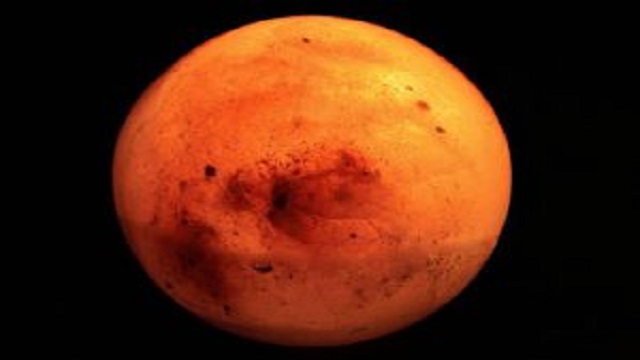NASA’s Perseverance rover has encountered a mysterious skull-shaped rock on Mars, aptly referred to as “Skull Hill.” It was discovered on April 11 on the rim of Jezero crater. The dark, angular rock is distinct from its light-colored and dusty surroundings. The rock has numerous tiny pits, generating interest among scientists regarding its source.
The team suspects the pits could have been created by erosion or wind scouring, or the rock could have been thrown out of an impact crater. Alternatively, it could be an igneous rock that was eroded from a nearby outcrop. Interestingly, the color of Skull Hill is similar to meteorites that were found earlier in Gale crater by the Curiosity rover.
Researchers are trying to find out where the rock came from and how it found its way on Mars. This find has renewed interest in the Red Planet’s possibility for life. In January, NASA’s Mars Reconnaissance Orbiter snapped photos of frozen Martian sand dunes, which looked surprisingly still compared to Earth’s ever-changing dunes.
A new NASA study indicates that microbes could potentially make a home under ice covering Mars’ surface, where sunlight would be able to pass through ice and facilitate photosynthesis. With evidence indicating Mars’ magnetic field could have persisted up to 3.9 billion years ago, the planet continues to be a strong contender for a supportive environment for life.
